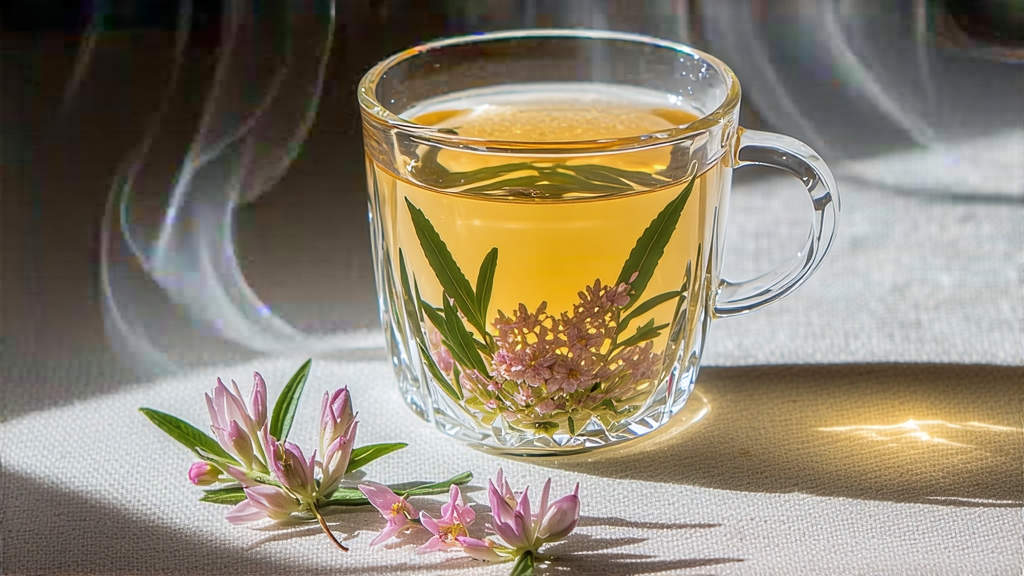
If green tea is the exuberant youth of Chinese tea and pu-erh the wise elder, then white tea—especially the luminous Fuding Silver Needle (Bai Hao Yin Zhen)—is the contemplative poet who arrives at dusk, speaks in whispers, and leaves the room perfumed with moonlight. Grown along the granite hills and sandy red soils of Fuding and Zhenghe in Fujian province, this most aristocratic of white teas is harvested only for a few precious days each early spring, when the air is still knife-cold and the mountain mist behaves like slow-moving water. Pickers climb before sunrise to pluck the unopened, down-covered buds, each one a miniature arrow of spring potential. No leaves, no stems—only the fetal bud—making Silver Needle the rarest Chinese tea by weight and the gentlest by character.
Historical scrolls from the Song dynasty (960-1279) already praise “white down buds” presented at court, but the modern name Yin Zhen appears in late-Ming gazetteers that record tribute shipments sailing out of Fuding’s Qinyu port. Foreign traders first encountered it in 1850s Fuzhou, where European merchants nicknamed it “Silver Tips” and paid for it with the same silver the buds resembled. Unlike green or black teas that rode the great clipper ships to fame, white tea travelled slowly, wrapped in parchment and secrecy, so its reputation remained an insider’s secret until 21st-century wellness culture rediscovered its low-theine, antioxidant-rich charm.
Botanically, only certain cultivars—Fuding Dabaicha and Zhenghe Dabaicha—develop the thick trichome layer that gives the bud its silvery sheen. After picking, the buds are spread only one layer deep on bamboo trays called water screens, then left to wither for 36 to 48 hours depending on humidity. No pan-firing, no rolling, no shaking; the craft is entirely one of waiting and watching. Master witherers “read the sky,” shifting trays between shaded corridors and sun-warmed courtyards so that enzymatic oxidation proceeds in micro-movements. When the moisture falls to 8–10 %, a final gentle bake at 40 °C locks in the fragrance. The result is a tea that is neither green nor oolong but occupies its own liminal category: oxidised around 5–10 %, yet pale as moonlight.
The dry aroma is subtle—think fresh wheat, rain on hot slate, and a trace of lily. Once brewed, the buds stand upright in the glass like a miniature bamboo forest, slowly sinking as they release amino acids that create a broth both creamy and weightless. The first infusion yields a liquor the color of pale chardonnay; the third turns to antique gold. Flavor unfolds in waves: steamed cucumber skin, honeydew rind, then a fleeting note of white pepper that snaps the palate awake before dissolving into a lingering sweetness Chinese cuppers call “returning sugar.” Silver Needle rewards patience; its full spectrum often appears only after the fourth or fifth pour, when the water has coaxed open the final heart of the bud.
To brew it Western-style, use 3 g per 250 ml of water at 80 °C and steep four minutes; you will get one graceful, perfumed cup. Yet gongfu infusion reveals the tea’s conversation. In a 120 ml porcelain gaiwan, drop 5 g of buds, flash-rinse to awaken them, then steep 20 s, adding five seconds each subsequent pour. The gaiwan’s lid, when lifted, will carry the scent of fresh pine pollen and almond milk; inhale it before you sip. Because the buds are dense, they can endure eight to ten infusions, each one a slightly different chapter of the same short story.
Tasting notes are best recorded in silence. Professional cuppers swirl, slurp, and aspirate the tea across the retronasal passage, listening for texture more than taste. Silver needle’s hallmark is “body clarity”: a sensation that the liquor is polished from within, leaving the palate feeling rinsed rather than coated. Look also for “cooling throat” (liang yun), a mentholated freshness that arrives 30 seconds after swallowing, a signature of high-grade white tea. Lower-grade versions, blended with leaves or harvested in autumn, taste flatter and may carry a